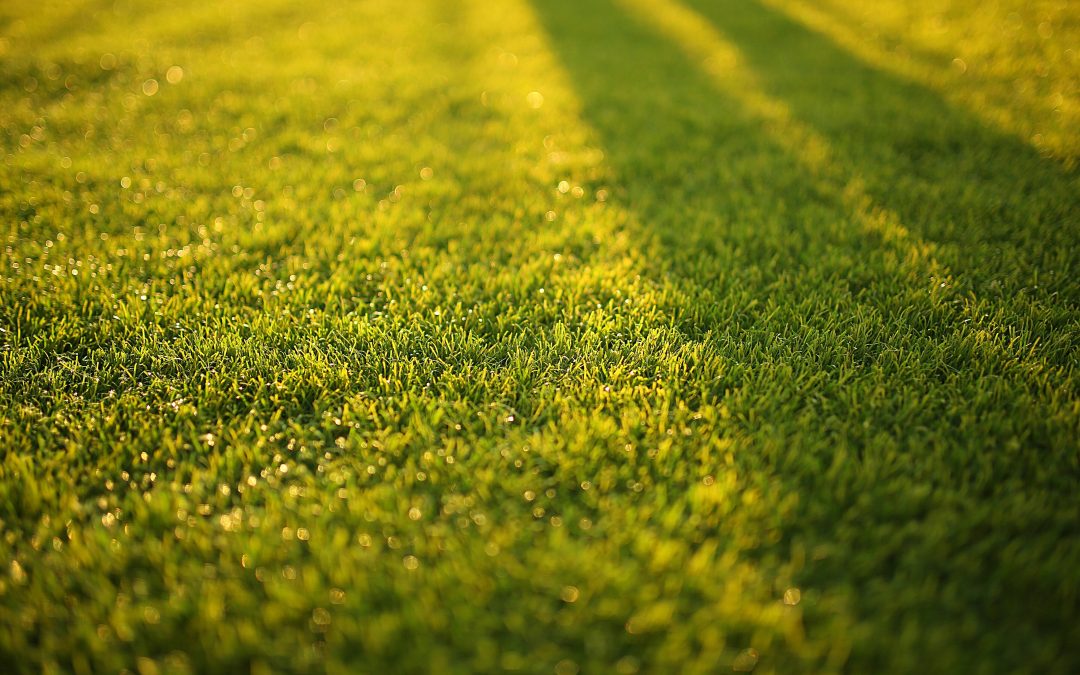Maintaining a weed-free lawn not only enhances the beauty of your yard but also promotes the health and vitality of your grass. Weeds can compete with your lawn for essential nutrients, water, and sunlight, leading to a less vibrant and weakened turf. Budget Turf shares valuable tips and strategies to help you achieve and maintain a weed-free lawn, ensuring a lush and pristine landscape for your enjoyment.
- Regular Mowing: Maintaining the proper mowing height is crucial in weed prevention. Set your mower to the recommended height for your grass type and ensure you do not remove more than one-third of the grass blade at a time. Regular mowing keeps the grass tall enough to shade out weed seeds and prevents them from establishing and growing.
- Proper Watering: Water your lawn deeply and infrequently to encourage strong root growth and discourage weed growth. Watering deeply encourages the grass roots to grow deeper into the soil, making them more resilient and better able to compete with weeds. Avoid shallow and frequent watering, as it promotes shallow root growth and benefits weed germination.
- Lawn Aeration: Regularly aerating your lawn helps alleviate soil compaction, improves air circulation, and allows nutrients and water to reach the grassroots effectively. Properly aerated soil creates an ideal environment for healthy grass growth, making it more difficult for weeds to take root.
- Fertilization: Maintain a consistent fertilization schedule to promote a thick and healthy lawn that naturally inhibits weed growth. Choose a slow-release fertilizer with the appropriate balance of nutrients for your grass type and apply it according to the recommended guidelines. A well-nourished lawn is more resilient, leaving little room for weeds to thrive.

5. Overseeding: Overseeding is the process of adding grass seed to existing turf, which helps fill in thin areas and prevent weed infestation. By densifying your lawn with healthy grass, you create less space for weed seeds to germinate. Choose high-quality grass seed that is suitable for your region and grass type, and follow proper overseeding practices for optimal results.
6. Weed Control: Regularly inspect your lawn for any signs of weeds and promptly address them. Hand-pulling is effective for isolated weeds, ensuring you remove the entire root system. For larger infestations, consider using selective herbicides designed to target specific weed types without harming your grass. Always read and follow the instructions on the herbicide packaging to ensure safe and effective use.
7. Mulching and Landscape Fabric: Apply a layer of organic mulch around flower beds and garden areas to suppress weed growth. Mulch acts as a natural barrier, preventing weed seeds from receiving the sunlight they need to germinate. Additionally, using landscape fabric beneath mulch in garden beds can further inhibit weed growth.
8. Regular Maintenance: Consistent lawn maintenance practices, such as removing debris, dethatching, and timely removal of weeds, contribute to a weed-free lawn. Remove fallen leaves, twigs, and other debris that can harbor weed seeds. Dethatching removes dead grass and prevents the accumulation of thatch, creating a healthier environment for your grass.
A weed-free lawn requires proactive measures and consistent maintenance practices. By implementing these essential tips for weed prevention, including regular mowing, proper watering, lawn aeration, fertilisation, overseeding, weed control, mulching, and regular maintenance, you can establish a healthy, vibrant, and weed-free lawn that becomes the envy of the neighborhood. Remember, a little effort in weed prevention goes a long way in maintaining a pristine and beautiful yard for you and your family to enjoy throughout the seasons.
Check out our Facebook page and Instagram !
#turfbrisbane #budgetturf #budgetturfbrisbane

